Materials, installation and features of vertical check valve
Part materials of vertical check valve:
Construction and installation points for vertical check valve:
1) The installation position, height, and direction of inlet and outlet must meet the design requirements. Note that
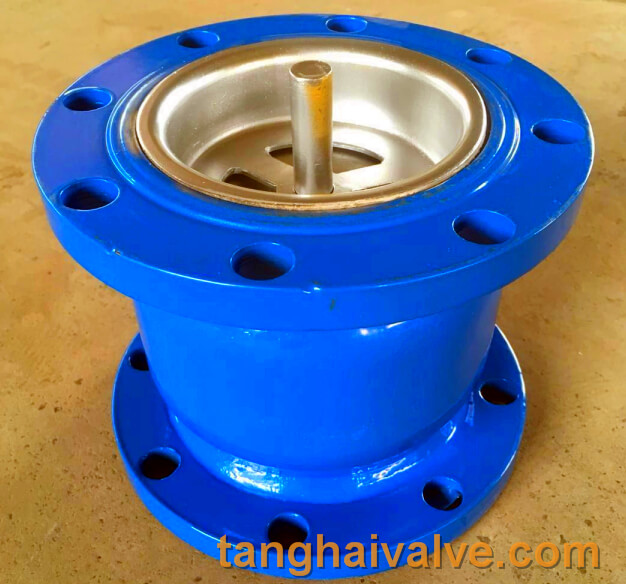
silent check valve (9)
the direction of medium flow should be consistent with the direction of the arrow marked on the valve body, and the connection should be firm and tight.
2) Visual inspection must be carried out before the valve is installed. The nameplate of the valve should comply with the current national standard “General Valve Marking” GB 12220. For valves with a working pressure greater than 1.0 MPa and a cut-off function on the main pipe, the strength and tightness performance test should be carried out before installation, and the valve can be used only after it is qualified. During the strength test, the test pressure is 1.5 times the nominal pressure and the duration is not less than 5 minutes. The valve housing and packing should be qualified without leakage. During the tightness test, the test pressure is 1.1 times the nominal pressure; the duration of the test meets the requirements of GB 50243
Part name: material
Valve body, bonnet, valve clap with Part Material: Carbon Steel
Valve surface Sealing: with Part Material: Weld overlay hard alloy.
Valve shaft: Carbon steel
Shaft Pins: Chrome stainless steel
Gasket: flexible graphite + SS304
Install and use of vertical check valve:
1. Both ends of the valve passage must be blocked and there is a dry and ventilated room. If it is stored for a long time, it should be checked frequently to prevent corrosion.
2. The valve should be cleaned before installation and the defects caused during transportation should be eliminated.
3. When installing, you must carefully check whether the signs and nameplates on the valve meet the requirements for use.
4. The valve is installed on the vertical pipeline.
main feature of vertical check valve:
Vertical check valve has the following two advantages:
1. The three-dimensional check valve is divided into flange and wafer, which has the characteristics of simple structure, few parts and light weight. Vertical check valves are mainly used in various working conditions that need to prevent medium backflow.
2. When the vertical check valve is used for vertical installation, no spring is required, and the weight of the valve flap and the pressure of the fluid return flow are used for check.
Related news /knowledge:
Use performance and working principle of vertical check valve;
What is vertical check valve;
Stainless steel vertical check valve;

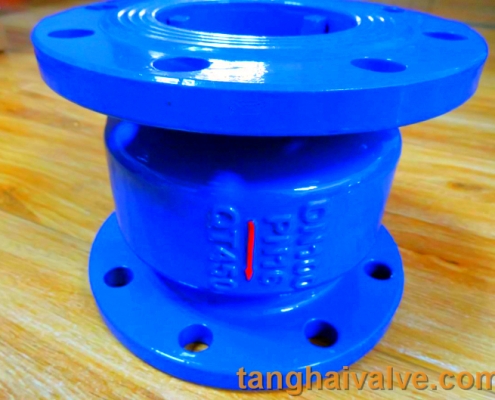
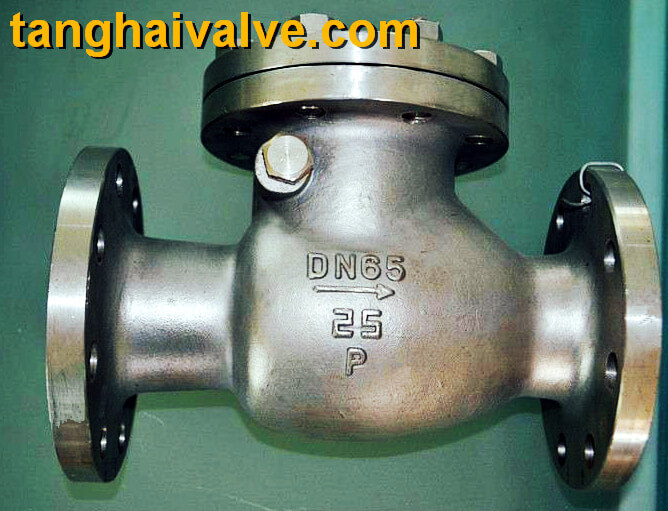
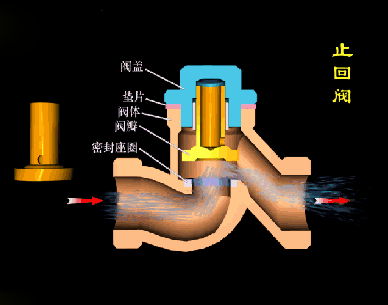
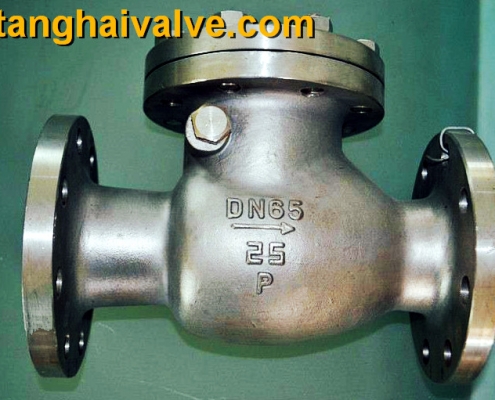
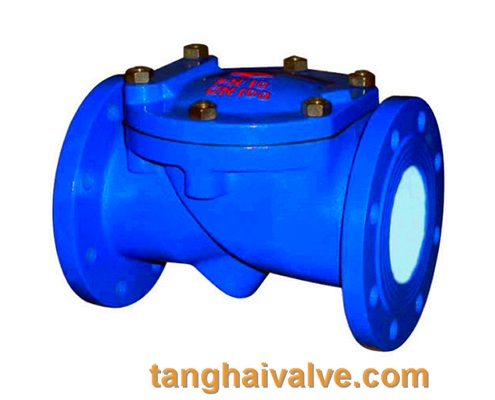
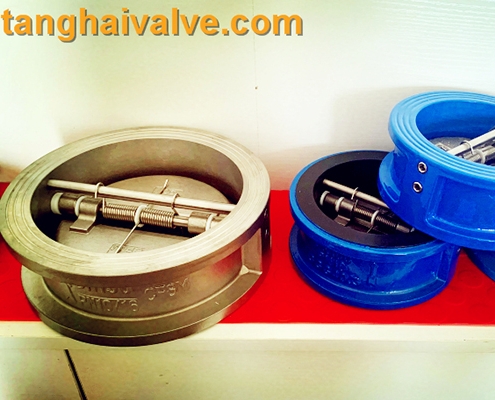
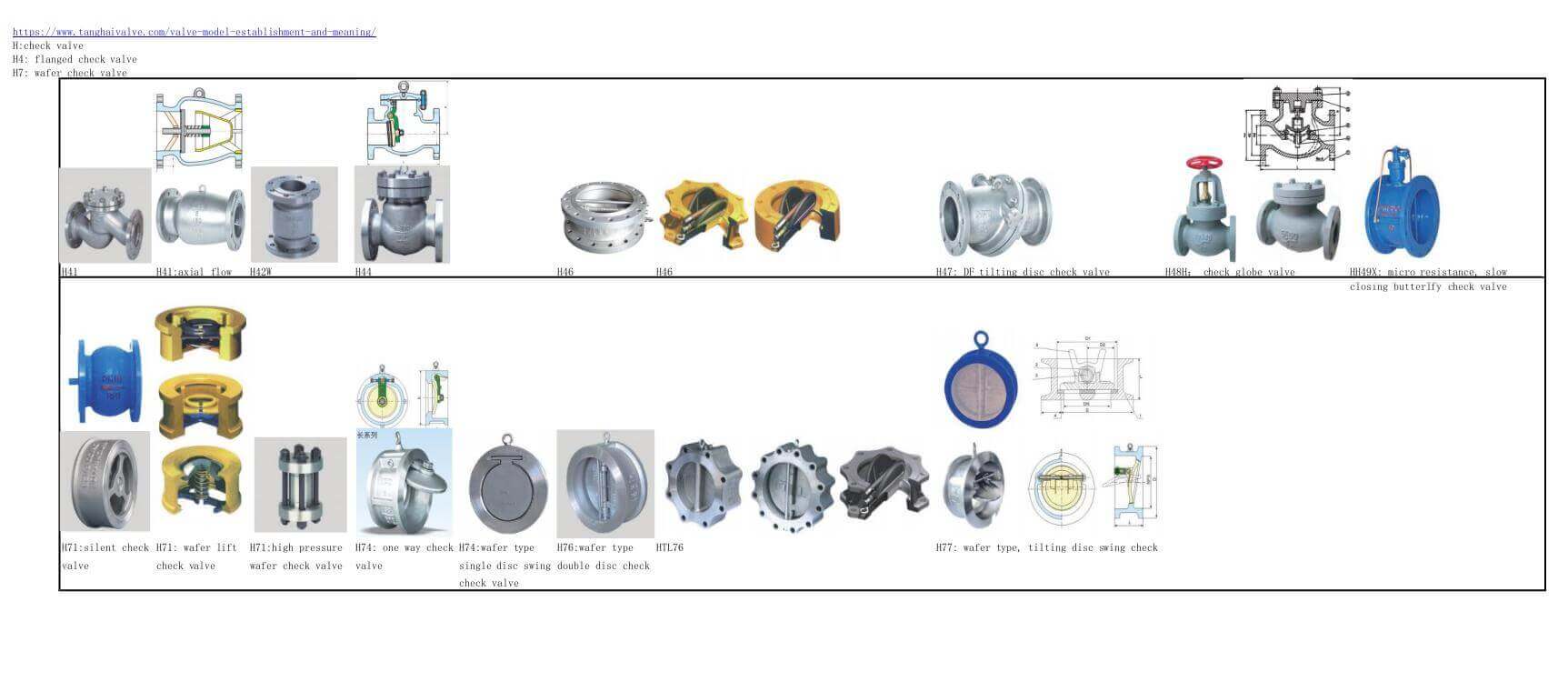
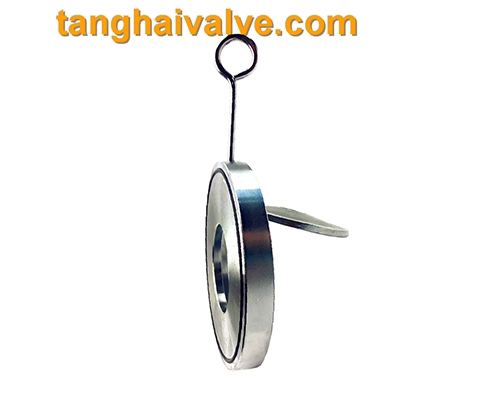
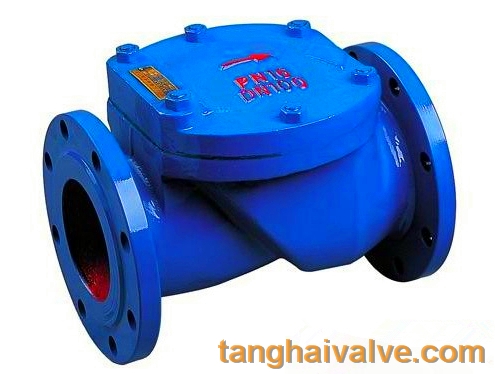
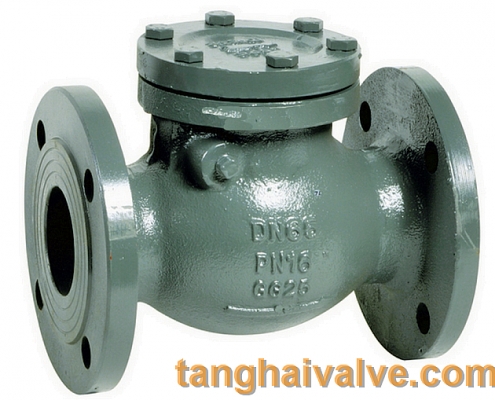


 © Copyright 2020 Tianjin Tanghaidongyang Valve Co., Ltd. All Rights Reserved.
© Copyright 2020 Tianjin Tanghaidongyang Valve Co., Ltd. All Rights Reserved.